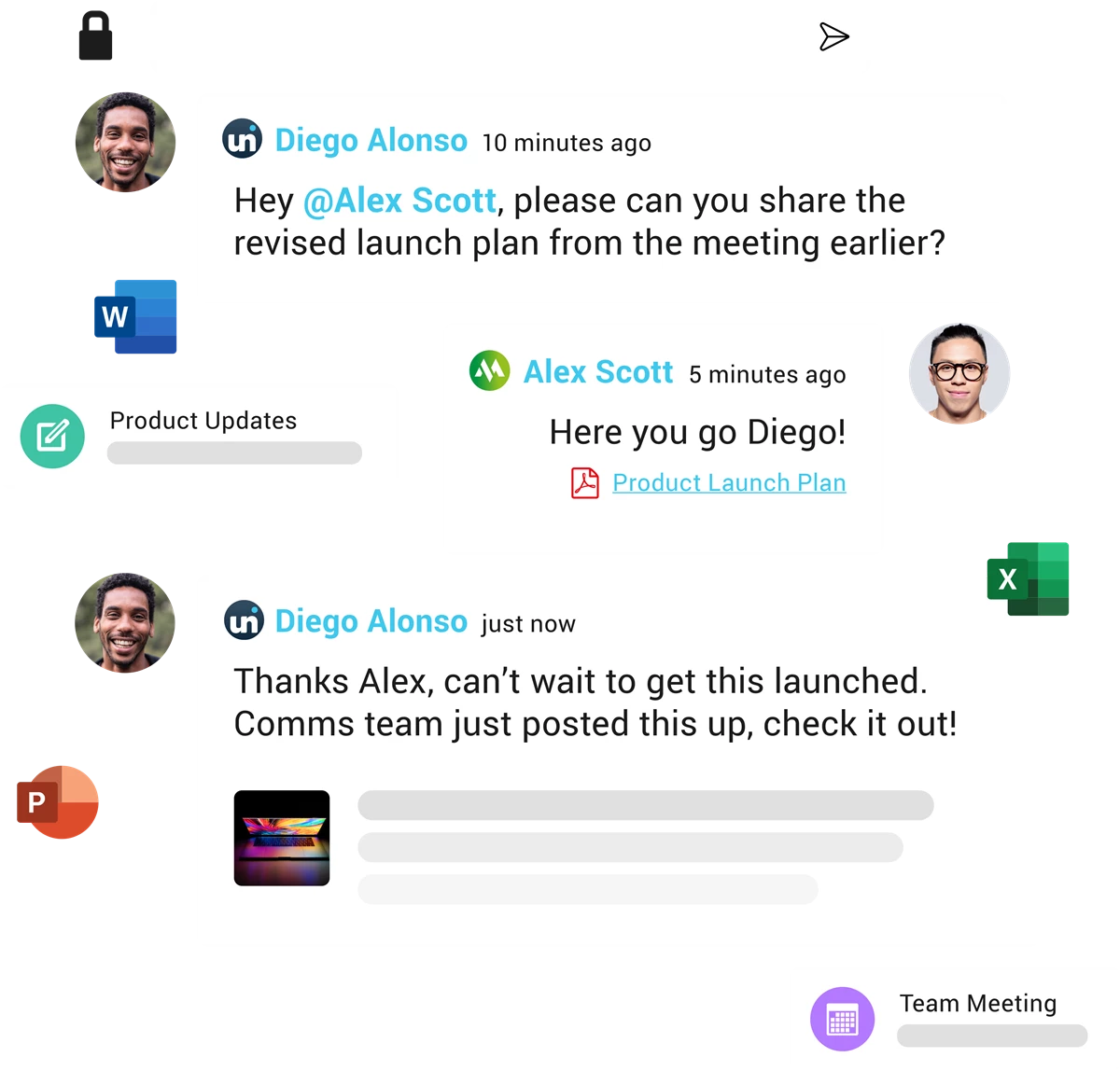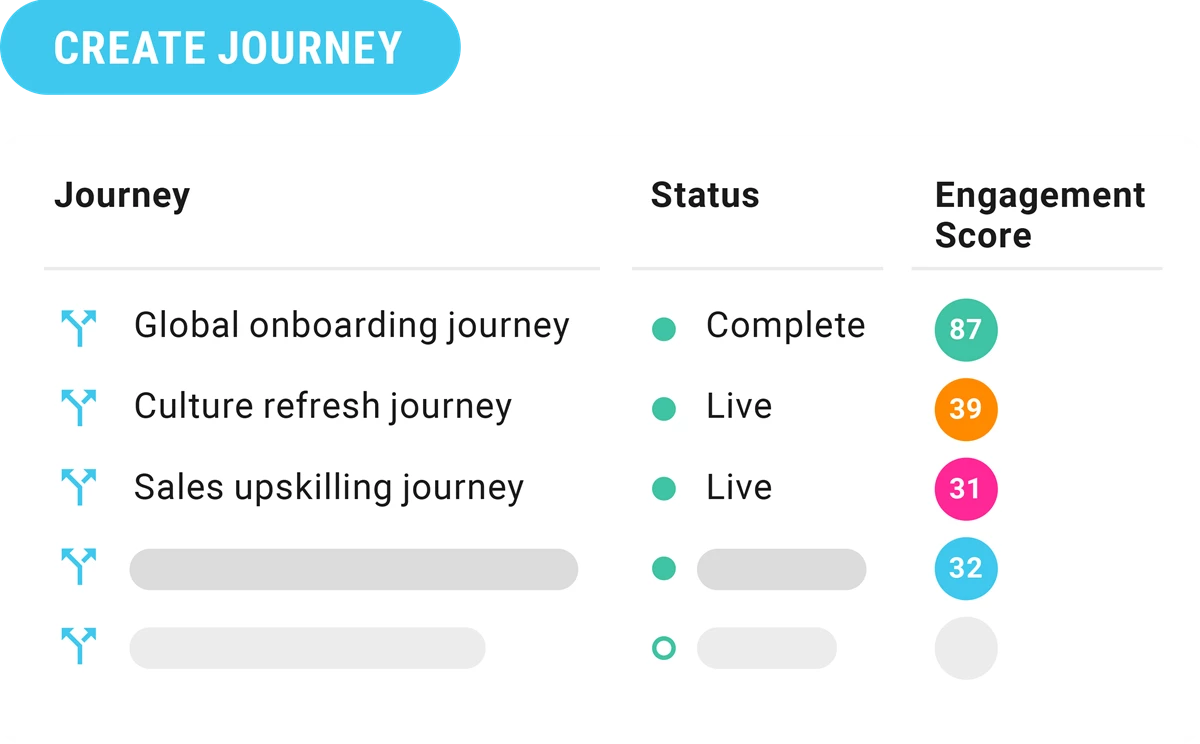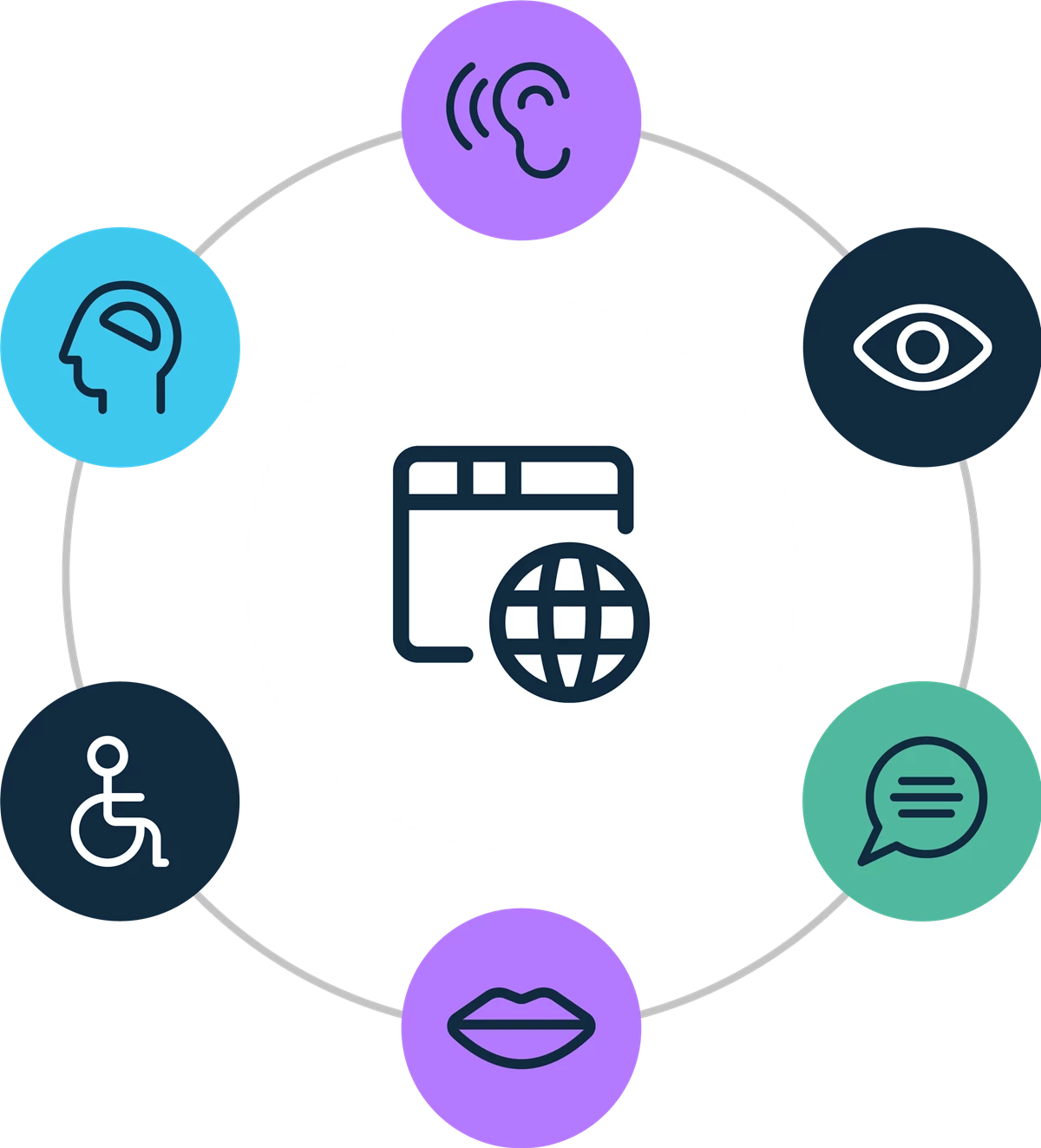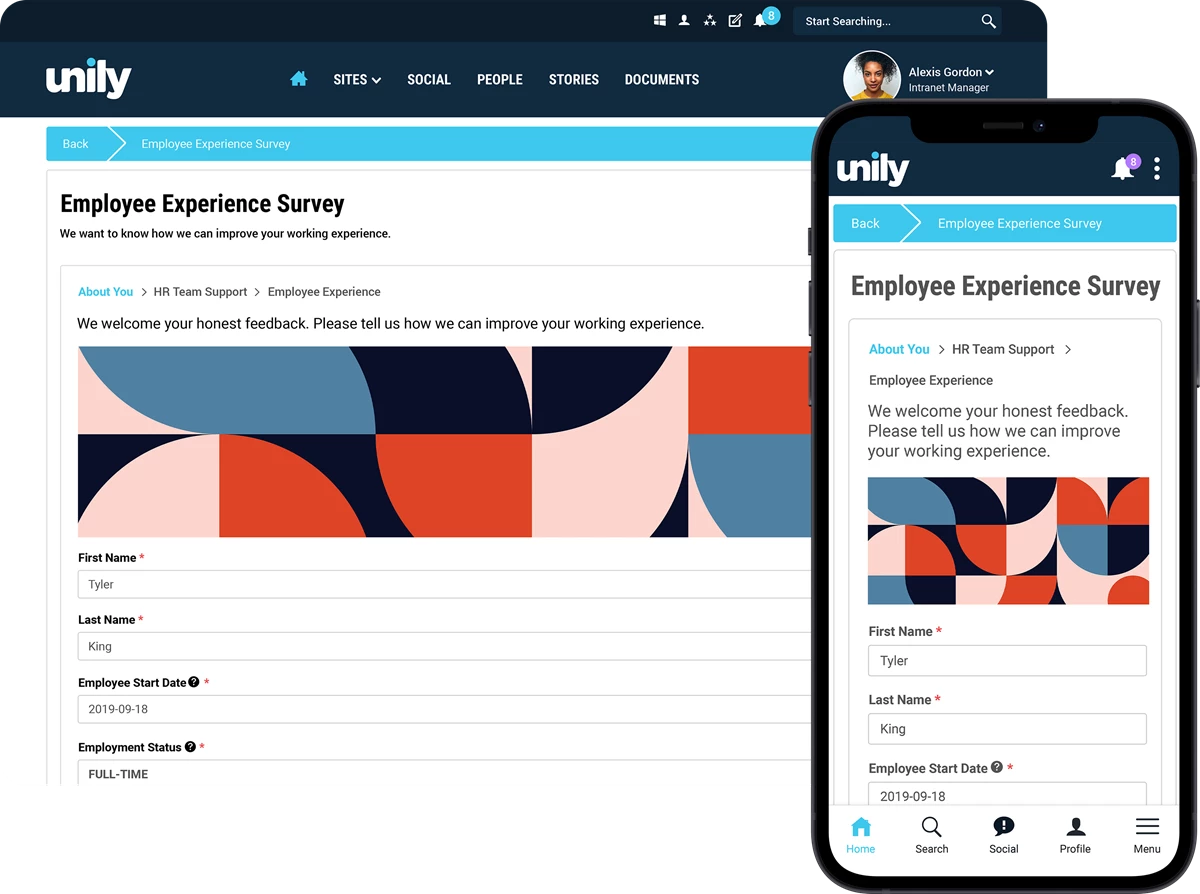Underpin the success of your flexible work scheme with an accessible and collaborative remote working solution. Transition to the new normal with a hybrid working platform that serves as the new home of knowledge and idea exchange. Help employees thrive in a hybrid culture that puts internal comms in the driving seat, supporting borderless collaboration. Unlock the benefits of a hybrid workplace strategy and create a seamless hybrid workplace that brings multiple teams together, wherever they are in the world.

"We wanted an enhanced intranet platform at Baker Hughes, which would improve our ability to communicate with our employees in real-time and in new ways. We have engaged Unily to help our employees navigate through change and drive results globally."
"People want short, quick, real-time communications. That didn't exist before, today it's instant."
"The Unily platform allows our employees to access relevant content more quickly, choose how and when they stay informed and take advantage of opportunities to collaborate more effectively with colleagues."
Help employees craft digital identities with rich-user profiles that provide their peers with the means to find and collaborate with them. Cultivate meaningful connections between team members and forge communities with the social features of your remote working software. Bring feed to life by encouraging geographically distant employees to upload videos and images, creating a sense of togetherness in the hybrid workplace. Allow interaction between profiles, with kudos, badges, and leaderboards. Open and closed channels allow discussions to remain focused, mimicking the ways ideas are exchanged in person, while personal feeds build internal networks that bring about true connectivity.
Say goodbye to filing cabinets and mountains of sticky notes, with a modern data management system that collects all your company's knowledge in a single place. Facilitate remote information sharing with quick and intuitive search within your employee experience platform. Hybrid workplace technology provides Google-like search functions so your employees can locate up-to-date data from a centralized digital location. Intelligent filters ensure employees can access information as easily as tapping a colleague on the shoulder and asking a question. Unify content in one place to ensure employees can access the right information, from anywhere, whenever they need it.
Use Unily hybrid & remote working solutions to support your employees’ journeys from onboarding to upskilling, even if they never step foot in the office. Create complex, multi-channel campaigns with AI and automation technology to free up time for creativity and analysis. Send notifications, email broadcasts, and alerts while preventing information overload with audience and scheduling rules. All the information a new employee might need can be sent automatically, wherever they are on their journey. Increase productivity with searchable user-profile and version-controlled information repositories; searching for tech support or advice from peers can be accomplished in seconds, ensuring your teams are never left without help.
Not only does a modern hybrid and remote working software support global teams, it also provides digital accessibility features for all employees. Allow remote staff to access the platform from mobile or desktop devices, and read all content in their native language with AI-powered multilingual translation & video captioning. Unlock the full benefits of accessibility-first UI features. With easy-to-read fonts, keyboard navigation and compatibility with popular screen readers as standard, no one is left out. Capitalize on the convenience of our user-centric design and functionality for all your employees without the need for separate experiences.
Highlight business news and objectives with integrated platform and email communications. Ensure remote team members are always aware of where the enterprise is heading with a single depository of information. Utilize targeted and mandatory comms that leverage pre-configured templates to quickly and effectively update specific employees. Maximize their engagement with relevant content tailored to their preferences, and measure the impact of your comms with built-in analytics dashboards. Ensure every employee in your hybrid or remote workplace is reached with integrations with Slack, Microsoft Teams, broadcast email and more.
Distribute employee surveys that target remote employees to gain the specific insight needed to make effective changes. Gain a sense of your remote worker's sentiments and keep a finger on the pulse of your organization with temperature checks. Utilize a remote working solution that engages employees with quizzes and surveys to understand potential knowledge gaps in the business. Help them understand that their voice matters regardless of how close they are to the office. Analyze feedback in real-time from honest and anonymous surveys to build employee engagement and culture in your hybrid workplace.
There are several remote working challenges and problems that can be solved through the combination of several strategies, backed by the implementation of remote working software. The main problems employers face are how to monitor remote workers, and how to ensure their remote workers’ productivity levels remain the same as those in the office. Solutions to this include:
Successful remote work problem-solving requires proactive approaches, clear communication, adaptability, and continuous improvement. These can also be applied to hybrid job roles, creating hybrid work solutions that ensure productivity is always maintained.
Remote working is often characterized by 3 conditions:
The difference between a hybrid workplace and a remote workplace relates to employee work arrangements. Hybrid work combines both in-office and remote work, allowing employees to divide their time between their home and the office. It’s a model that offers greater flexibility while maintaining a level of in-person contact.
On the other hand, remote work involves exclusively working from a location outside the central office, often from home or in another remote settings. This setup eliminates the need for a daily commute and provides a more autonomous work environment.
Both approaches leverage remote and hybrid workplace software tools to improve communication and collaboration. While hybrid work emphasizes a balance between physical presence and remote work, remote work centers around the autonomy of working from any location.
The challenges of remote work often come down to productivity and whether workers are as productive as their office-based counterparts. The productivity of remote employees varies based on factors like individual work habits, job roles, and the nature of tasks. Some remote employees find increased productivity due to fewer office distractions and the ability to customize their work environment.
However, others might struggle with isolation or challenges in setting boundaries between work and personal life, which could affect their productivity. Effective hybrid workplace technology and remote working software become crucial in remote work scenarios to ensure clarity, goal alignment, and efficient collaboration.
While remote work can lead to heightened productivity for some, it isn’t a universal rule. Companies need to consider the specific needs of their workforce and provide the necessary support, tools, and guidelines to optimize remote employee productivity in hybrid and remote settings.
These tools may include employee engagement software, like Unily, that directly addresses the concerns employers have with transitioning to a hybrid model.









